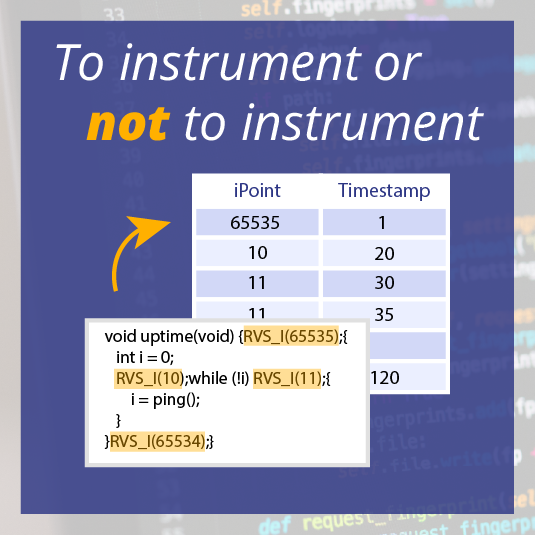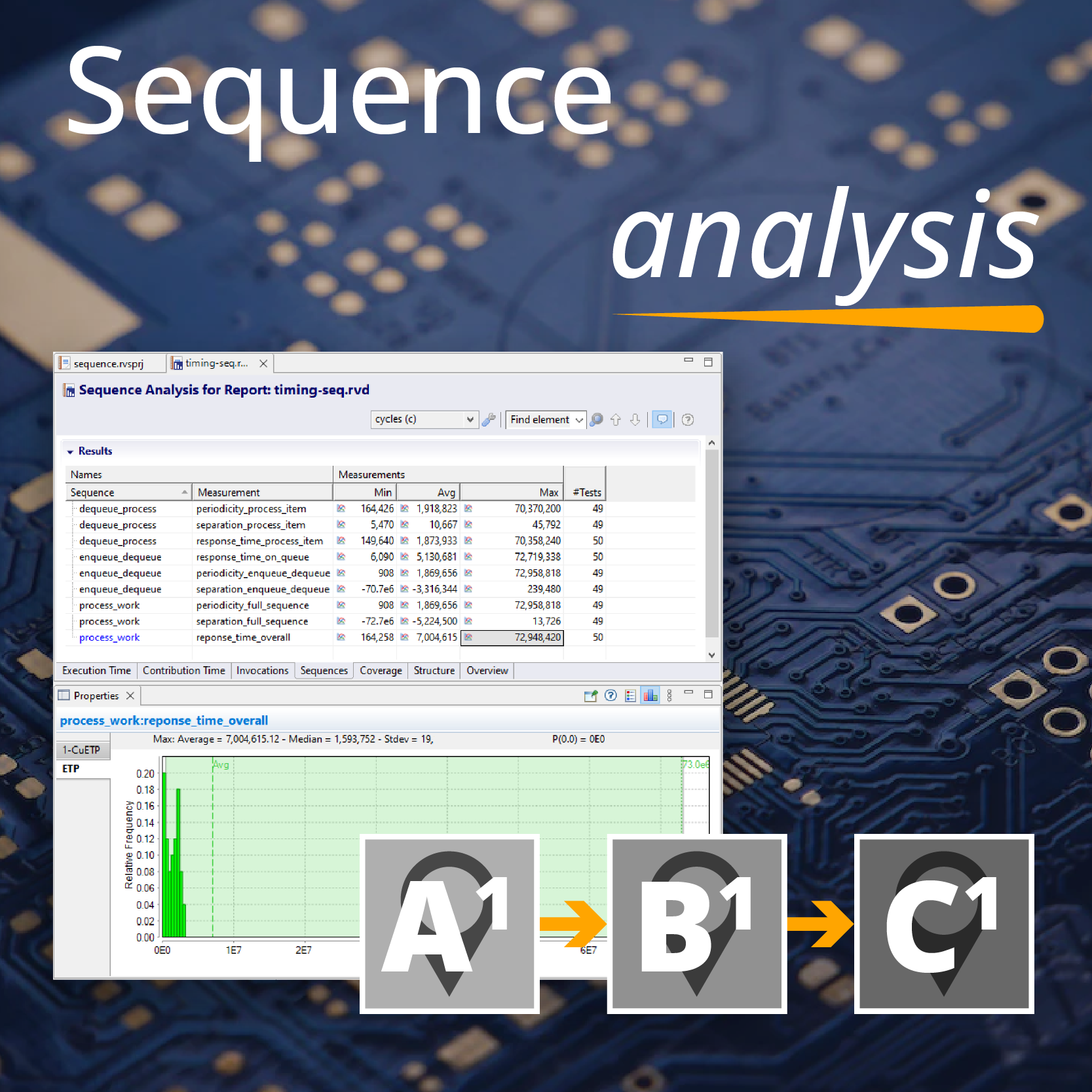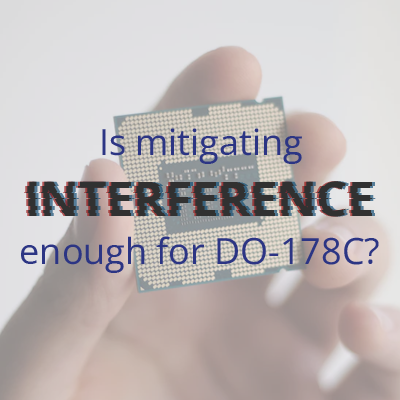As it's the time of summer vacations, I thought it would be interesting to look at something a little more light-hearted than usual – a computer game designed to replicate the experience of low-level, bare metal programming on a hypothetical multicore system.
TIS-100 (www.zachtronics.com/tis-100) is a game that features a simulator of an imaginary, loosely-coupled, multicore system, together with a range of interesting programming problems.
The sixteen or so of the processor cores each provide two registers (only one of which is directly addressable), no memory, a very small program space (ten or so instructions), a set of input/output instructions and a collection of conditional jump instructions. Other types of cores also exist for stack-based memory or direct access memory.
It's fascinating and somewhat frustrating to have to work within the limitations of this architecture. Problems that would be trivial in other environments (for example, draw a histogram based on a sequence of numbers), suddenly become really difficult. A complicating factor is that it's virtually no space to include comments in the blocks of code, which makes reviewing or debugging code a real exercise in memory.
In addition to being a fun way of spending some time (assuming you find programming fun), this also seems like an excellent teaching tool for:
- Showing off some of the challenges of resource-limited programming that embedded developers are so familiar with.
- Exploring the difficulties of multi-core programming – putting deadlocks in my code seemed to happen too often.
Hopefully, games like these can also help to recruit a new generation of embedded programmers.
Another game that might be of interest is our own modified version of Tetris (Tetris Coverage Challenge) - after playing this, you can examine the code coverage you've achieved. Perhaps it doesn't teach programming directly, but it does give a pretty good demonstration of structural coverage analysis.
If you have any other suggestions for games that might be relevant to programmers, please feel free to leave them in the comments section, below.

 Rapita System Announces New Distribution Partnership with COONTEC
Rapita System Announces New Distribution Partnership with COONTEC
 Rapita partners with Asterios Technologies to deliver solutions in multicore certification
Rapita partners with Asterios Technologies to deliver solutions in multicore certification
 SAIF Autonomy to use RVS to verify their groundbreaking AI platform
SAIF Autonomy to use RVS to verify their groundbreaking AI platform
 RVS gets a new timing analysis engine
RVS gets a new timing analysis engine
 How to measure stack usage through stack painting with RapiTest
How to measure stack usage through stack painting with RapiTest
 What does AMACC Rev B mean for multicore certification?
What does AMACC Rev B mean for multicore certification?
 How emulation can reduce avionics verification costs: Sim68020
How emulation can reduce avionics verification costs: Sim68020
 How to achieve multicore DO-178C certification with Rapita Systems
How to achieve multicore DO-178C certification with Rapita Systems
 How to achieve DO-178C certification with Rapita Systems
How to achieve DO-178C certification with Rapita Systems
 Certifying Unmanned Aircraft Systems
Certifying Unmanned Aircraft Systems
 DO-278A Guidance: Introduction to RTCA DO-278 approval
DO-278A Guidance: Introduction to RTCA DO-278 approval
 Avionics Certification Q&A: CERT TALK (with Consunova and Visure)
Avionics Certification Q&A: CERT TALK (with Consunova and Visure)



















